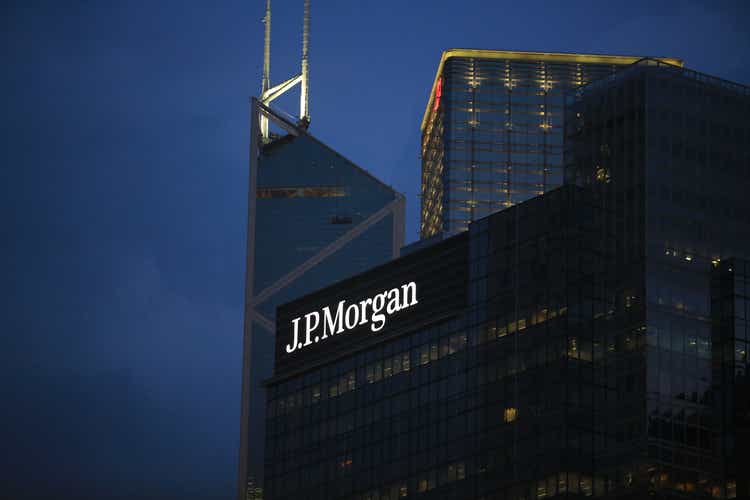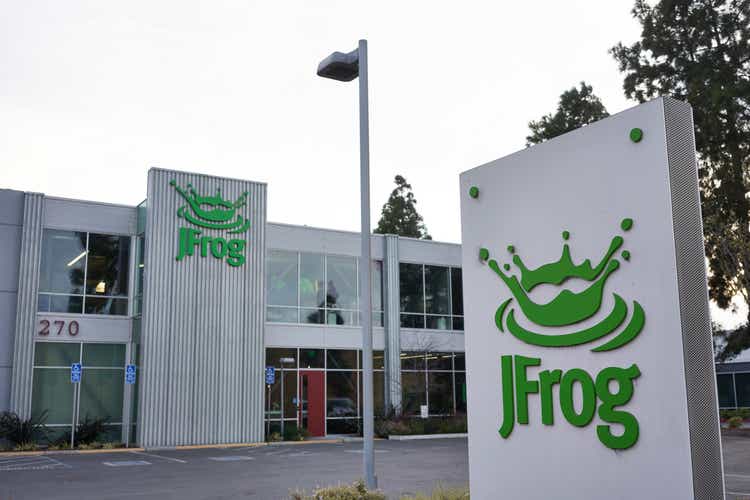The situation remained tense in Nepal’s capital, Kathmandu, on Tuesday as protesters attempted to barge into the Nepali Congress party office in the Balkhu area, even as an indefinite curfew was imposed across the city.
The protesters reportedly set a traffic post outside the party’s office on fire, a day after the Nepal government revoked its ban on social media platforms in the country, after protests, led by Gen Z, opposing the ban and government’s corruption, resulted in the deaths of at least 19 people, and left over 400 injured.
Meanwhile, the Ministry of External Affairs (MEA) on Tuesday said it is closely monitoring the escalating situation in Nepal following large-scale protests led by the country's Gen Z population.
"Indian nationals in Nepal are advised to exercise caution and adhere to the steps and guidelines issued by the Nepali authorities," the MEA said in an advisory.
United Nations Secretary-General António Guterres also voiced concern, with his spokesperson saying, “Authorities must ensure the rights of peaceful assembly and freedom of expression are respected.”
Ban lifted, Curfew remains after deadly clashes
The district administration ordered an indefinite curfew in the capita, leading to closure of schools on Monday. A curfew was also imposed in other cities too. Small protests erupted on Tuesday violating the curfew orders. Police quickly tried to push back the protesters but appeared to be not using any force. “Punish the murders in government. Stop killing children,” the protesters chanted while police used loudspeakers urging them to return home.
The protesters’ anger was turning toward the government led by Prime Minister Khadga Prasad Oli, who has increasingly becoming unpopular.
“We are here to protest because our youths and friends are getting killed, we are here to seek that justice is done and the present regime is ousted. K P Oli should be chased away,” said Narayan Acharya, who was among the protesters outside the battered wall of the parliament building Tuesday, AP reported
“We need to protest the killings of so many young ones and students aiming directly at their head by this Hitler-like K P Oli’s government. As long as this government in in power, the people like us will continue to suffer,” said Durganah Dahal, another protester. “They killed so many youths yesterday who had so much to look forward to, now they can easily kill us all. We protest until this government is finished.”
Seven of those killed and scores of the wounded were received at the National Trauma Center, the country’s main hospital.
“Many of them are in serious condition and appear to have been shot in the head and chest,” said Dr Badri Risa. Families waited for news of their relatives while people lined up to donate blood.
Oli said in a statement he was forming an investigating committee to submit a report in 15 days and that compensation would be given for the lives lost and free treatment for the wounded. Home Minister Ramesh Lekhak also resigned at an emergency Cabinet meeting late Monday.
What triggered deadly Gen-Z protests in Nepal?
The latest unrest in Nepal was triggered by the government’s push to regulate social media through a new bill requiring platforms to set up local liaison offices and follow strict registration rules. Authorities argued it was necessary to make platforms “responsible and accountable,” but critics condemned it as a thinly veiled attempt at censorship and silencing dissent.
The tipping point came when officials abruptly banned 26 social media and messaging apps, cutting off the main channels young Nepalis used to voice frustration over corruption, nepotism, and shrinking opportunities. The ban ignited mass protests that quickly spiraled into violence, leaving at least 19 dead and hundreds injured.
In the days leading up to the crackdown, Gen-Z activists had flooded social media with posts not just opposing the ban but also exposing corruption and privilege among the ruling elite. The hashtags ‘Nepo Babies’ and ‘Nepo Kids’ trended widely, with users sharing images of politicians’ children and questioning the source of their wealth and lifestyles.
A long history of youth-led movements
Nepal has repeatedly witnessed its youth at the forefront of political transformation. In early 2025, frustration with corruption and instability had already fueled royalist rallies that turned violent, reviving chants of “bring back the king.”
Decades earlier, the Jana Andolan (People’s Movements) became defining moments: in 1990, students and citizens toppled the Panchayat system to usher in constitutional democracy; in 2006, mass protests forced King Gyanendra to restore parliament, paving the way for the monarchy’s abolition and the birth of a federal democratic republic.
How 2025 Gen-Z protests differ
Today’s Gen-Z movement stands apart in both form and intent. Unlike past youth uprisings rooted in party politics, these protests are largely decentralised, tech-driven, and intersectional in their demands. They combine online mobilisation with street action, echoing recent youth-led revolts in Sri Lanka and Bangladesh.
At its core, Nepal’s Gen-Z uprising is not only about free speech but also about reshaping power structures and holding leaders accountable in a country where political instability has been the norm for decades.

 6 hours ago
1
6 hours ago
1



















 English (US) ·
English (US) ·